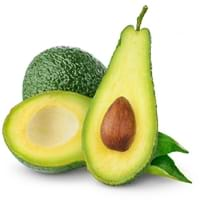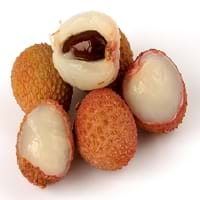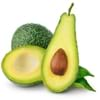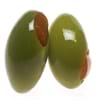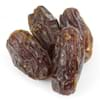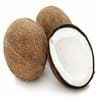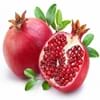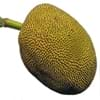Health Benefits
Cancer prevention, Natural detoxification, Osteoporosis prevention, Protection from chronic disease
Cancer prevention, Cures gastro-intestinal troubles, Heart care, Muscle pain relief, Prevents blindness from diabetes
General Benefits
Boosts immune system, Controls blood pressure, Digestive aid, Improves eye vision, Maintains healthy cholesterol level
Boosts immune system, Digestive aid, Fights against infections, Helps in weight loss, Maintains healthy cholesterol level, Strengthens bones
Skin Benefits
Brightens and lightens complexion, Reduces wrinkles, Skin cleansing, Treatment of dark spots
Anti-aging benefits, Skin rejuvenation
Hair Benefits
Acts as moisturizer, Good conditioner, Protects hair, Regulates hair growth, Rejuvenates scalp, Remedy for split ends, Shiny hair, Softening mask
Promotes longer and healthier hair, Protects hair
Allergy Symptoms
Abdominal pains, Anaphylaxis, Inflammation, Itching, Latex Allergy, Nasal congestion, Skin Rashes, Swallowing difficulties, Swelling, Upset stomach, Vomiting, Wheezing
Coughing, Diarrhea, Headaches, Hives, Itching, Labored Breathing, Nausea, Runny nose, Swelling of mouth, tongue or lips, Vomiting, Watery eyes
Side Effects
Allergic reaction, Hypersensitivity, Weight gain
May cause abdominal pain, Diarrhoea, Mouth irritation, Throat irritation, Weight gain
Best Time to Eat
Along with meal, As a snack in the late afternoon, Don't consume at night and before bed, Don't eat after meal
As a snack in the late afternoon, Don't consume at night and before bed, Eat the fresh ones, avoid mixing with any other foods, don't eat after meal., Morning time (before lunch), Strictly avoid empty stomach
Vitamin B5 (Pantothenic Acid)
Vitamin C (Ascorbic Acid)
Vitamin K (Phyllochinone)
Phytosterol
Not Available
Calories in Fresh Fruit with Peel
Not Available
Calories in Fresh Fruit without Peel
Not Available
Calories in Canned Form
Not Available
Type
Berry, Tree fruit, Tropical
Tree fruit, Tropical
Season
Summer
Spring, Summer
Varieties
Bacon, Fuerte, Gwen, Hass, Lamb Hass, Pinkerton, Reed and Zutano
Emperor fruit, Mauritiu, Sweet Heart, Brewster, Haak Yip and Bengal
Color
Dark green
Bright red, Pink red
Inside Color
White
Greyish-white
Taste
Buttery
Crunchy, Juicy, Sweet
Origin
Mexico, Central America
China, Indonesia, Philippines, Vietnam
Soil Type
Decomposed Granite, Limestone, Sandy loam, Well-aerated
Alluvial, Loam, Well-drained
Climatic Conditions
Humid, Without frosts
Absence of strong wind, Cold, Dry, Without frosts
Facts about
- The oldest living avocado tree is found in University of California and was planted in 1879.
- Avocados can be swapped for butter in Baked Goods Recipes.
- Avocado ripens more quickly with a banana or an apple around.
- The seed of Lychee fruit is toxic & can adversely affect the digestive system.
- This fruit gives a smoky flavor when eaten dried.
- This fruit is a symbol of love and romance in China.
Top Producer
Mexico
China
Other Countries
Chile, China, Colombia, Dominican Republic, Indonesia, Kenya, Mexico, Peru, Rwanda, United States of America
Australia, India, South Africa, Thailand, United States of America
Top Importer
United States of America
Hong Kong
Top Exporter
Mexico
China
Botanical Name
Persea Americana
Litchi chinensis
Synonym
Persea Gratissima
Nephelium litchi
Subkingdom
Tracheobionta
Tracheobionta
Division
Magnoliophyta
Magnoliophyta
Class
Magnoliopsida
Magnoliopsida
Subclass
Magnollidae
Rosidae
Order
Laurales
Sapindales
Family
Lauraceae
Sapindaceae
Species
P. Americana
L. chinensis
Generic Group
Laurel
Soapberry
